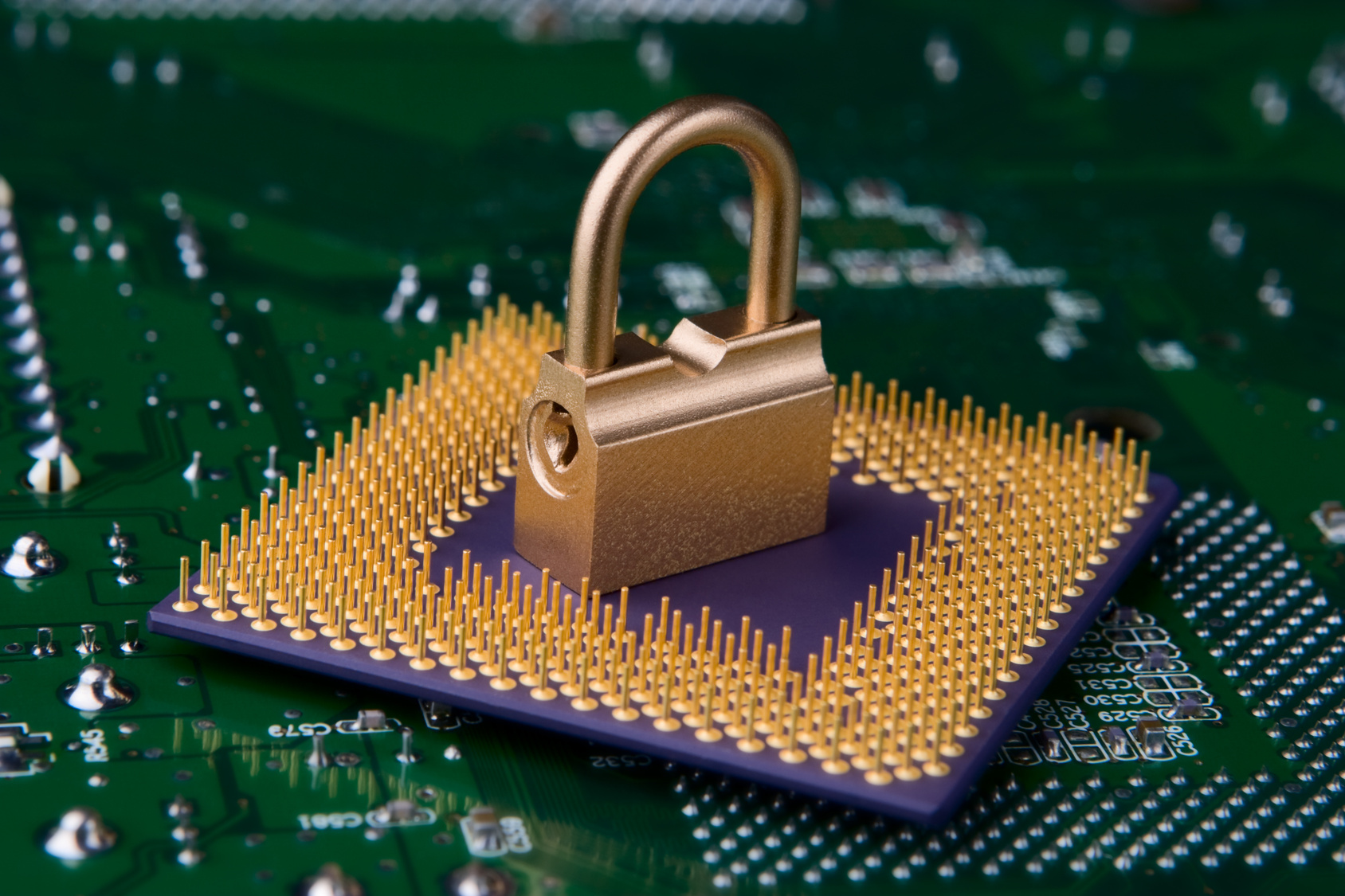There were a lot of important announcements at this year’s Mobile World Congress but there was one made that will have an important and long lasting impact in the world of mobile security. Before the show, I got a call from Qualcomm for an advanced briefing on their new Ultrasonic Finger Print Reader which is part of their new SnapDragon processor program that can be used by smartphone ODMs and OEMs around the world in next-generation smartphones.
Apple has already popularized this feature on iPhones starting with the iPhone 5 platform. This form of dual authentication has been an important differentiator for Apple and has helped them in their quest to drive iPhone sales to record numbers. As an iPhone user, I appreciate this extra level of security. However, I also carry the Moto X Android phone and have really wanted dual authentication on my Android phone as well.
In the iPhone, Apple uses a fingerprint reader based on capacitive touch technology delivered in what is called Touch ID via the button on the bottom of the iPhone. In this case, the fingerprint reader is in the button and is the only area you can touch to gain entry of the iPhone besides the optional 4 pin code.
Qualcomm is using ultrasonic waves to scan all of the ridges and wrinkles of your fingers.
Why ultrasound? Qualcomm says it can do a far deeper analysis than the 2D image created by a fingerprint mashed up against a capacitive sensor. It can look beyond the grime and sweat on your fingers and even penetrate beneath the surface of your skin to identify unique 3D characteristics of your print. It’s the same biometric technology developed for government security applications, Qualcomm told me.
Qualcomm execs said the technology could also change the way fingerprint scanners are implemented on devices. Since ultrasonic waves go through glass, aluminum, steel and plastic housings of any phone, they don’t need a dedicated touch pad or button to work. In fact, depending on how it is implemented, you could conceivably touch any part of the smartphone with a finger to gain access to the phone itself. This could make it possible for smartphone makers around the world to be more creative in the way they implement two factor authentication in these devices and will go a long way towards making all smartphones more secure. In Qualcomm’s scanner, high-frequency acoustic waves penetrate the dermal layer of your skin to extract your unique print, down to the ridges on your skin and even your sweat pores. Since sound can travel through things like sweat and other elements, your daily maneuverings don’t get in the way of capturing that perfect print. In fact, condensation generated from your regular activities may actually improve the scan, making it a more reliable method than the current capacitive technology.
This is important for three key reasons. The first being the fact this brings dual authentication to the Android world as well as any other smartphones that choose to use it. At the moment, Apple uses capacitive touch technology but, as Qualcomm suggests, ultrasound could be even more accurate and become the main way most smartphones, except the iPhone, delivers this extra form of security.
The second reason is smartphones demand better security since they are often lost or misplaced and, at the very least, all smartphones need dual authentication. However, I am a big advocate of even having a third form or alternative form of authentification embedded in smatrphones. This could come about through retina scanning, which also delivers a solid set of personalized data even more difficult to replicate than fingerprints. This technology has matured quite a bit over the last ten years and I suspect we could see them in smartphones by 2017.
But the third reason has to do with Qualcomm itself. Today, Qualcomm’s major competitor is MediaTek, whose processors and related technology are used in millions of phones, especially in China and areas where low cost smartphones are selling well. Over the years, they have undercut Qualcomm on pricing and taken a significant amount of business from them. With Qualcomm’s new Ultrasound fingerprint reader, they have a powerful weapon to counter them since MediaTek has nothing like this to offer their customers. This is a huge differentiator for Qualcomm and could help them win back a lot of business in this market since mobile security is a big issue all over the world.
Over the last few years I have spent time with folks in Qualcomm’s various labs and am often surprised at how forward thinking they are. This Ultrasound Fingerprint Reader has been in the works for years and will now become an important part of their mobile offerings. Add to that, the major work they are doing in 5G networks and radios that will drive our future mobile connections as well as other endpoint and network research they are doing and Qualcomm seems poised to expand their influence in mobile for quite some time.

I think the admin of this site is really working hard for his website, since here every stuff is quality based data.
Very nice blog post. I definitely love this site. Stick with it!
This post post made me think. I will write something about this on my blog. Have a nice day!!